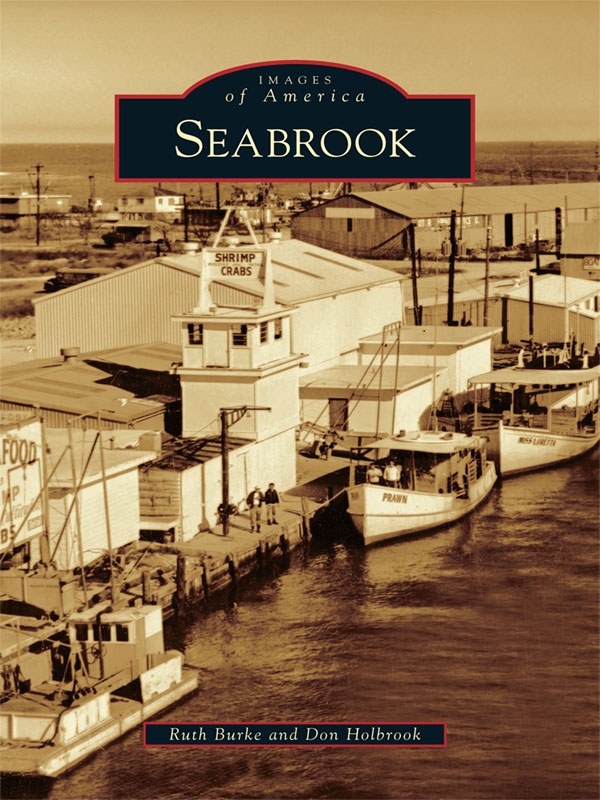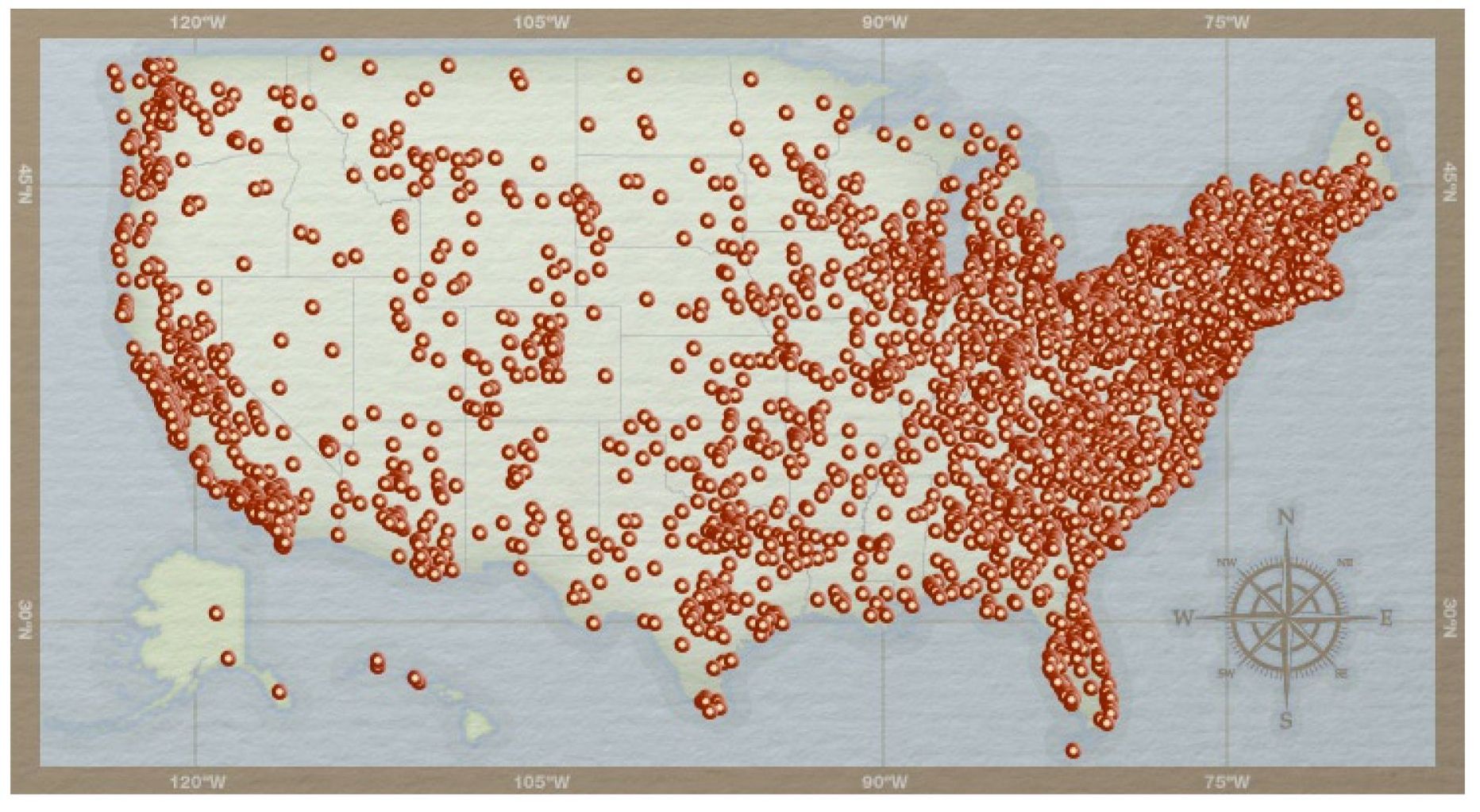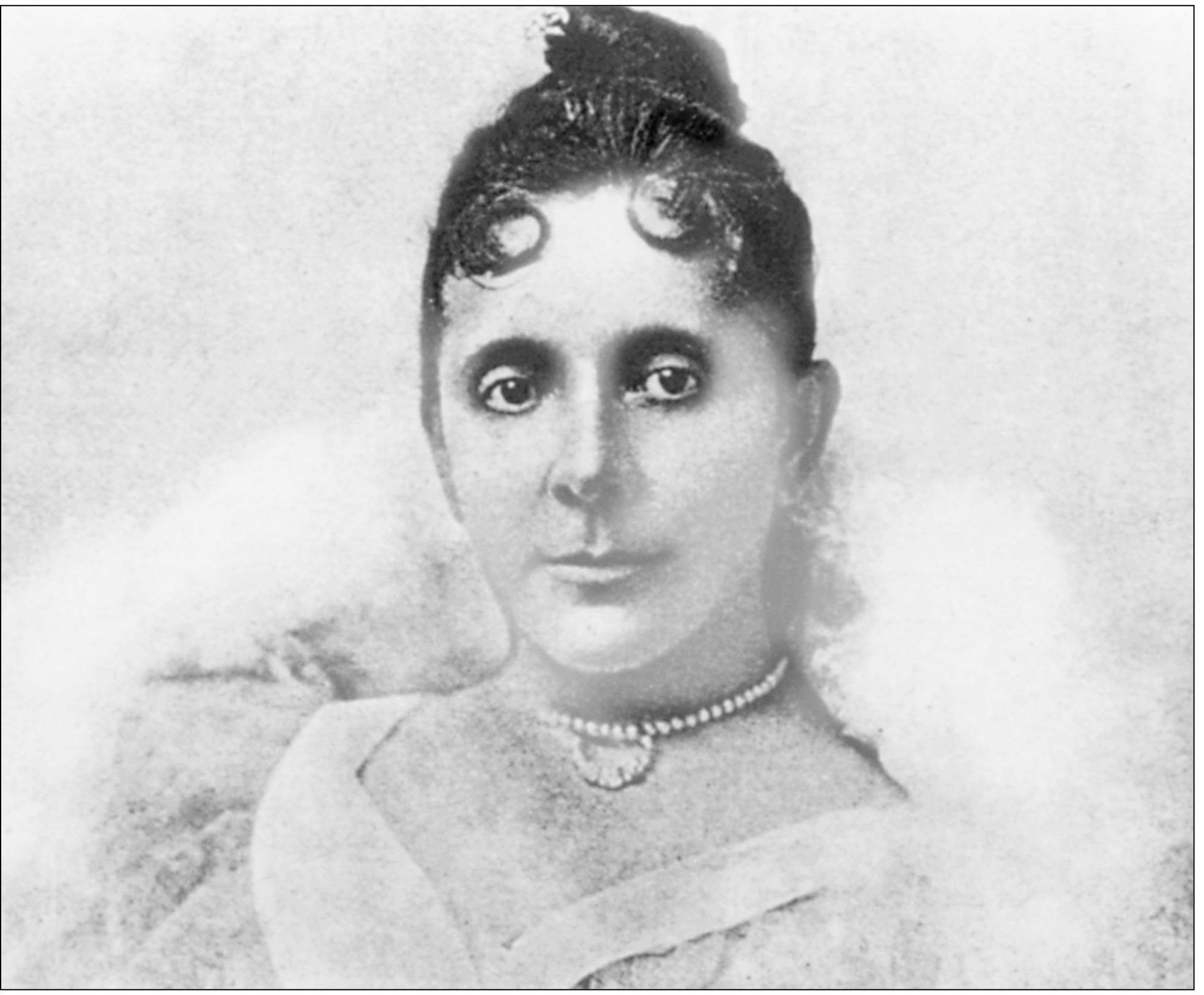ACKNOWLEDGMENTS
We would very much like to thank the many longtime residents of Seabrook for helping us gather information and photographs that became part of this book. Without the diligent efforts of Greg Burns, the librarian of the Evelyn Meador Library, locating the historic photographs of Seabrook that were put in storage after Hurricane Ike, many of the older photographs would not be in this book. We thank the Friends of Evelyn Meador Library, noted EML in the book, for gathering these photographs that record the history of Seabrook. We thank the City of Seabrook, NASA, Sally E. Autrobus, and Sue Harral and the authors of articles from the A Day At The Bay , published by the Seabrook Association, for helping with historic facts and obtaining photographs. The Lakewood Yacht Club (noted LYC in the book) has been generous in contributing photographs from their 50th anniversary book. We also thank Louis Mueckes daughters, Lynda Porras, Nancy Smith, Patsy Watkins, and Glenda Cox, for contributing the photograph that is the cover of this book and those noted in the book.
As coauthor, I, Ruth Burke, am honored to be able to share my images that I have photographed in Seabrook for this book. When I came to Seabrook in 1974, I was drawn to the unique character of the waterfront and its unspoiled coastal beauty. This started my career in photography and fueled my interest in being a part of the business community. The people of Seabrook loved their place and they liked what I saw when I photographed it. I thank them for their support and giving me the courage to expand on my talent. I opened my first gallery in 1989 and through my published photographs, I have shared Seabrook with the world.
This book contains many photographs by coauthor Ruth Burke and from her collection, although without the generous donations by those noted, this book would not be possible.
Coauthor Don Holbrook has been a driving force in making this book happen. Although this book is by no means a complete representation of all aspects of life in Seabrook, together, we have worked to present the diverse character of Seabrook in photographs.
Find more books like this at
www.imagesofamerica.com
Search for your hometown history, your old
stomping grounds, and even your favorite sports team.
One
MORRIS COVE BECOMES SEABROOK
The David Harris survey shows the boundaries of the Spanish land grants that include and surround Seabrook in the early 1800s. David Harris was the brother to John Richardson Harris and William P. Harris, for whom Harris County is named. On November 14, 1842, the Mexican government granted Ritson Morris one league of land at the site that eventually became Seabrook. He named his plantation Elmwood, and it was located in Morris Cove. (Courtesy EML.)
This painting shows the Glen Morgan Harris home as it looked in 1876 when it was built on Red Bluff, a high point on Galveston Bay between Morgans Point and Morris Cove. This location was named Red Bluff by the Native Americans because of the exposed red clay. Glen Morgan was the son of William P. Harris, and his uncle was John R. Harris, who established Harrisburg. It predated the present town of Houston and was located where the ship channel industry is today. He is buried along with his father and family members on the property. The gravestone in the photograph at left is for William P. Harris, one of the brothers for whom Harris County is named. This is one of the oldest grave sites in the Seabrook area, and the home remains a private residence. A historical marker was erected in the El Jardin subdivision to commemorate the site. (Above, courtesy EML.)

In 1879, the Palmss brothers came to Clear Lake from New Orleans and built the first store in Morris Cove on Clear Lake Road. They settled in the area because they felt Clear Lake, and not Galveston, would be the future port. The two-story building at left in the photograph below is the Palms Brothers store and post office. They also rented transportation to those who would disembark at the Seabrook train station and travel to the bay side resort establishments. Laura Palms grew up in a large two-story Victorian-style house that her father built near the railroad tracks behind the store. She lived there until her death. A fire destroyed the home in the 1980s. Lauras mother was a schoolteacher who came to Seabrook in 1898. Miss Laura was one of the last secretaries of the original Seabrook library that was built in 1911. (Both, courtesy Alecya Gallaway.)

Ella Hutchins Sydnor was the wife of the founder of Seabrook and daughter of William J. Hutchins, a pioneer merchant of Houston. She was a well-known member of Houston society. After an unhappy marriage to Frank Nichols, formally known as Lord Stewart of England, she married Seabrook Sydnor. In May 1895, John Seabrook Sydnor of Galveston purchased 263.3 acres in the Ritson Morris league for his son, Seabrook. He then platted the town that was to bear his name. The names of many prominent Houstonians listed in the Blue Book, along with the Sydnors, are also evident as names of streets in Old Seabrook. Ella died on October 11, 1913, at age 65. Both Ella and Seabrook Sydnor lie in beautiful Glenwood Cemetery in Houston, a resting place for many famous people, including Howard Hughes and Anson Jones. (Courtesy EML.)
The plat for the town site of Seabrook was filed on June 12, 1896, and in the same year a post office was established in the Palms Brothers mercantile store, with Ed Palms as the first postmaster. Seabrooks namesake, Seabrook Sydnor, along with E. N. Nicholson and E. S. Nicholson, platted the tract advertised in the poster for the Seabrook Town Lot and Improvement Company. The layout of the coastline at the time shows the S curve formed by Clear Creek before it reached Clear Lake from Galveston Bay. The penciled triangle at the top indicates the property owned by the Palms family and where Clear Lake Road began. The lots north of Kittrell (Second) Street and east of Bryan Street have subsided and now form what is known as the Back Bay. Hutchins was renamed Todville Road, and most of Bath Avenue has subsided under the bay. (Courtesy Sue Harral.)

















